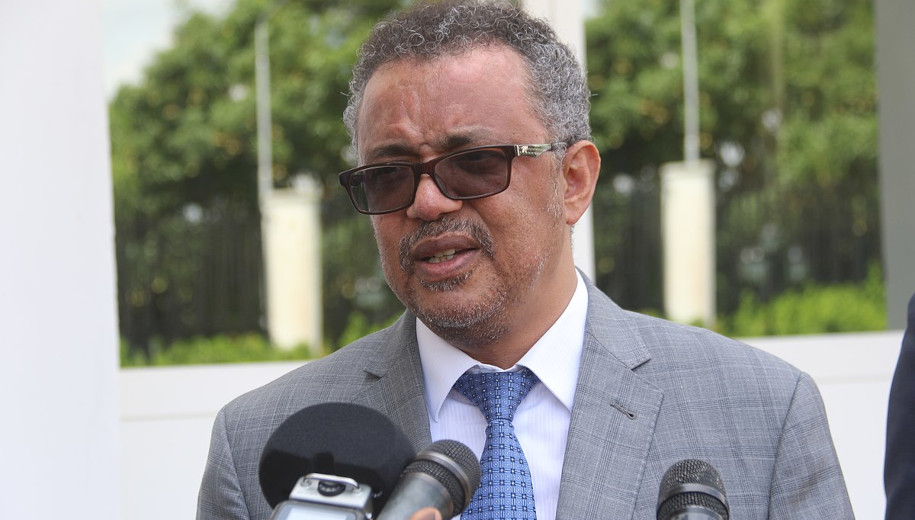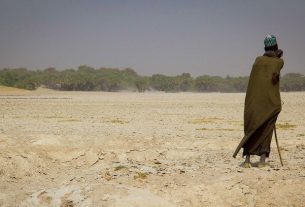[NEW DELHI] By the end of 2020, COVID-19 had claimed the lives of more than three million people worldwide, representing 1.2 million more deaths than officially reported earlier, says a newly released report by the World Health Organization (WHO).
The revised figures, based on excess mortality estimates produced for 2020, indicate a serious undercount of total deaths directly or indirectly attributable to COVID-19.
WHO’s World Health Statistics report 2021 mainly emphasised unequal access to COVID-19 vaccines. It said that “fair and equitable access to the vaccines is far from being achieved, and the inequality across income groups is pronounced with only one per cent of doses going to low [income] countries as compared to the 19 per cent administered in lower-middle-income countries, 33 per cent in upper-middle-income countries and 47 per cent in high-income countries as of 1 May 2021”.
COVID-19 substantially threatened population health and well-being across the world. Also, universal health coverage faced “the greatest risk of falling behind” with 90 per cent of countries affected by disruptions in essential health services, the report said.
COVID-19 strikes vulnerable populations “disproportionately” with people living in overcrowded settings at high risk, said the report. It also delineates inadequacy relating to data disaggregation (detailed sub-categorisation of data) which contributes to unequal health outcomes.
According to the report, “[High-quality] disaggregated data for monitoring health inequalities and for ensuring equitable health service access and uptake are lacking worldwide…[only] 51 per cent of 133 studied countries include data disaggregation in published national health statistical reports, ranging from 63 per cent in [high-income countries] to only 46–50 per cent for other income groups.”
Brian Wahl, an epidemiologist at the Department of International Health, Johns Hopkins Bloomberg School of Public Health, Baltimore, US, tells SciDev.Net: “In the last year, we have seen [multiple] ways in which COVID-19 has disproportionately affected vulnerable populations, including essential workers and those with limited access to medical services.”
“We will never know the exact impact of the pandemic on human health. However, the estimates released by WHO of excess deaths for 2020 are helpful for beginning to wrap our heads around this difficult issue,” he comments.
“The estimates released by WHO of excess deaths for 2020 are helpful for beginning to wrap our heads around this difficult issue”
Brian Wahl, Johns Hopkins Bloomberg School of Public Health
Thekkekara Jacob John, a top virologist and former professor of clinical virology at the Christian Medical College, Vellore, India, says the report contains two clear messages. “One is the sheer, staggering magnitude of the number of deaths. The second message is that there is no way to collect reasonably accurate numbers,” he tells SciDev.Net.
Madhukar Pai, Canada Research Chair in Translational Epidemiology and Global Health, McGill University, Montreal, Canada, notes that the WHO report provides a comprehensive overview of the state of the world’s health.
“The most sobering finding of this report is the true death COVID-19 figure. All countries must work harder to improve the reporting of deaths, since it is one of the most important indicators in global health,” he tells SciDev.Net.
On a positive note, the report showed significant improvement in global life expectancy at birth — from 66.8 years in 2000 to 73.3 years in 2019. The improvement was attributed to rapid decrease in child mortality and communicable diseases, with low- and middle-income countries the greatest gainers.
This article was written by SciDev.Net’s Asia Pacific desk and edited for clarity.




